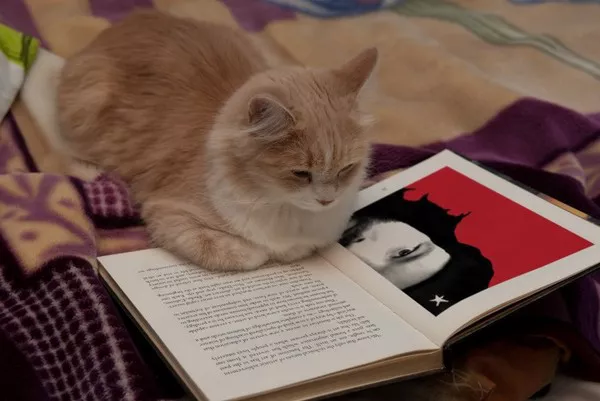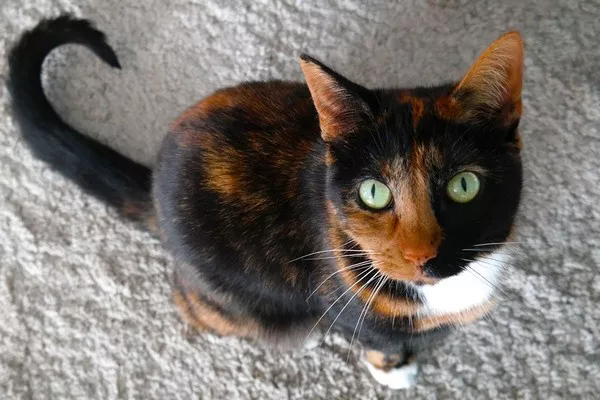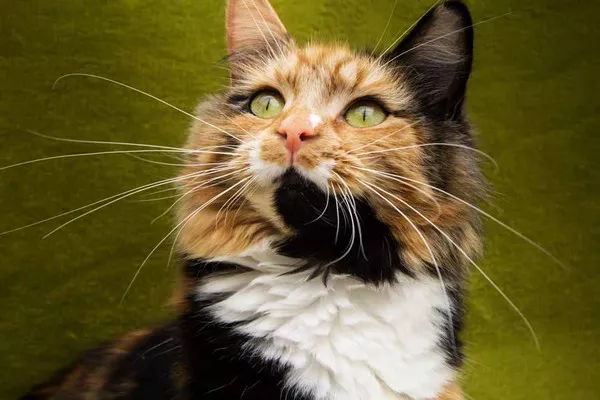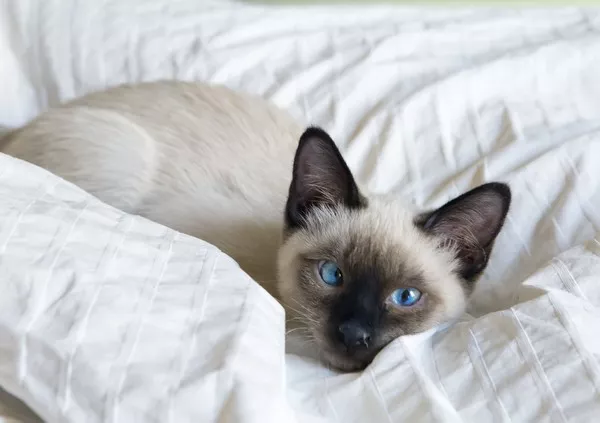In a poignant tribute to a lost feline companion, Kris Stewart of Kelowna, B.C., finds solace in the arrival of two genetically identical kittens, Bear Bear and Honey Bear. The genesis of this heartwarming tale traces back two years, when Stewart mourned the loss of her cherished cat, Bear, tragically killed by a car in 2022.
Devastated by the loss of her beloved pet, Stewart embarked on a remarkable journey with the assistance of ViaGen Pets and Equine in Texas. Determined to perpetuate Bear’s legacy, she initiated the process of cloning him, driven by a deep desire to see his genetic lineage endure indefinitely.
Reflecting on Bear’s remarkable intelligence, Stewart expressed her motivation for pursuing cloning: “Bear was the smartest cat, the smartest animal, I’ve ever had and I just wanted his genetic material to continue on ad infinitum. I just didn’t think Mother Earth was finished with Bear material so I wanted him to live on.”
The fruition of Stewart’s endeavor manifested in the birth of two ‘Bear kitties’ on January 10. Journeying to Texas, Stewart joyously welcomed Bear Bear and Honey Bear into her home on March 13, marking the culmination of an emotional odyssey.
“It’s a sense of relief because the process is finally concluded,” Stewart shared. “There’s no more waiting, and I have my Bear-like kitties here with me now. If I can’t have the real Bear, I can have Bear-like kitties.”
The cloning process, akin to in vitro fertilization (IVF), involves the extraction of genetic material from the original pet, followed by its insertion into an unfertilized egg. Codi Lamb, a client service representative at ViaGen Pets and Equine, elaborated on the process: “Once the cells are ready to start cloning, we take a portion of the cells with unfertilized eggs and extract the DNA from those eggs. Then we will insert the cell into an egg and fuse the two together to create an embryo.”
Subsequently, the embryos are transferred to a surrogate mother, initiating a conventional gestation and birthing process upon successful transfer. A crucial step in this procedure involves a genetic marker report, ensuring the genetic identity of the offspring with the original pet.
However, this technological marvel comes at a considerable cost. Lamb disclosed that the cloning process amounts to $50,000 U.S. per pet. Stewart, fortunate to receive a two-for-one deal, embraced both Bear Bear and Honey Bear into her family.
Motivated by a desire to share her experience and offer hope to fellow pet owners, Stewart emphasizes the accessibility of cloning technology: “My goal in bringing the story out in public is to let other pet parents know that cloning is very possible. You have to save your pennies for it because it’s a little expensive, but things worked out OK for me, and I was able to put aside some cash for it. But, the goal is just to let other pet parents know that this technology is out there.”
Beyond their striking resemblance to Bear, Stewart notes that her ‘Bear-like-kitties’ inherit his adventurous spirit, ensuring that his legacy lives on in more ways than one.
























